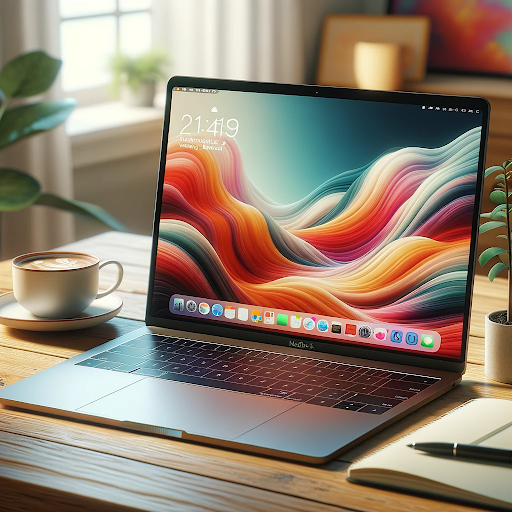Taking screenshots on a Mac is a straightforward process, offering a variety of options to capture exactly what you need, whether it's the entire screen, a specific window, or just a portion of the screen. Here’s a detailed guide on how to use these features effectively.
1. Capturing the Entire Screen
Using Keyboard Shortcuts
The simplest way to capture the entire screen is by using a keyboard shortcut:
- Press `Shift` + `Command` + `3`: This will capture the entire screen and save the image to your desktop by default.
Using the Screenshot Toolbar
- Press `Shift` + `Command` + `5`: This opens the Screenshot toolbar, which provides several capture options, including the ability to capture the entire screen, a selected window, or a portion of the screen.
2. Capturing a Specific Portion of the Screen
Using Keyboard Shortcuts
- Press `Shift` + `Command` + `4`: Your cursor will turn into a crosshair. Click and drag to select the area you want to capture. Once you release the mouse button, the screenshot will be taken and saved to your desktop.
Using the Screenshot Toolbar
- Press `Shift` + `Command` + `5`: In the toolbar, select the option that looks like a dashed rectangle with a dot in the corner. This will allow you to click and drag to select a portion of the screen.
3. Capturing a Specific Window
Using Keyboard Shortcuts
- Press `Shift` + `Command` + `4`, then press the `Space` bar: The cursor will turn into a camera icon. Move the camera icon over the window you want to capture so it highlights, then click to take a screenshot of that window.
Using the Screenshot Toolbar
- Press `Shift` + `Command` + `5`: In the toolbar, select the option that shows a window icon. Click on the window you want to capture.
4. Using the Touch Bar (for MacBook Pro with Touch Bar)
- Press `Shift` + `Command` + `6`: This captures everything on the Touch Bar. The screenshot will be saved to your desktop.
5. Additional Tips and Tricks
Changing the Save Location
By default, screenshots are saved to the desktop, but you can change this:
- Press `Shift` + `Command` + `5` to open the Screenshot toolbar.
- Click on the “Options” menu, where you can select a different save location or even set a timer for the screenshot.
Annotating Screenshots
After capturing a screenshot, a thumbnail appears in the bottom-right corner of the screen. Click this thumbnail to open the screenshot in Markup, where you can annotate it with text, shapes, and other tools.
Canceling a Screenshot
If you decide not to take a screenshot after invoking the shortcut, press the `Escape` key (Esc) to cancel the action.
If you want to copy a screenshot to the clipboard instead of saving it as a file:
- Press `Control` + `Shift` + `Command` + `3` to copy the entire screen.
- Press `Control` + `Shift` + `Command` + `4` to copy a selected portion of the screen.
- Press `Control` + `Shift` + `Command` + `4`, then `Space` to copy a specific window.
Conclusion
Whether you need to capture the entire screen, a specific window, or just a portion of it, macOS provides versatile tools to make the process quick and easy. By mastering these keyboard shortcuts and utilizing the Screenshot toolbar, you can efficiently take and manage screenshots on your Mac for any purpose.




No comments:
Post a Comment
Thank you for your support